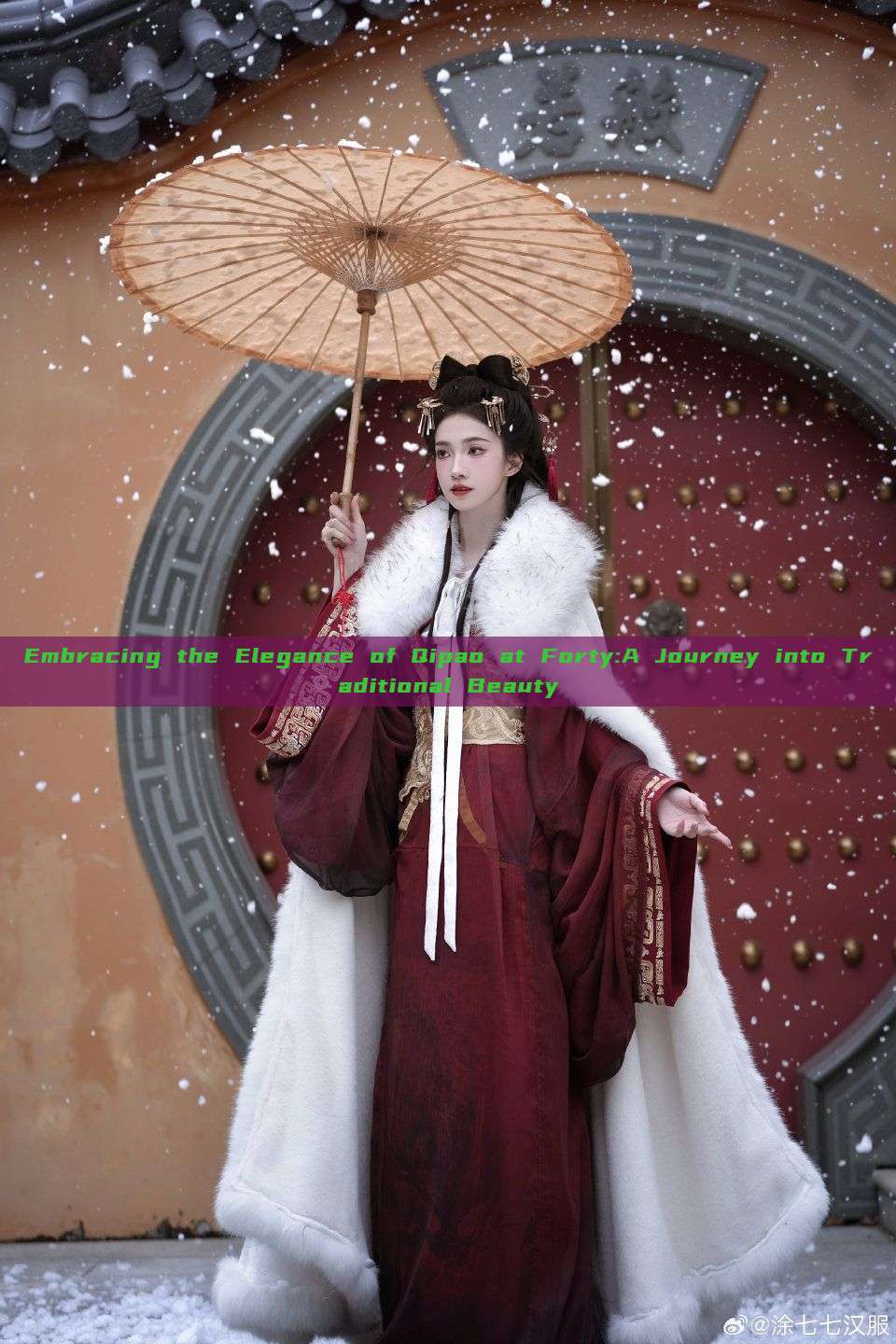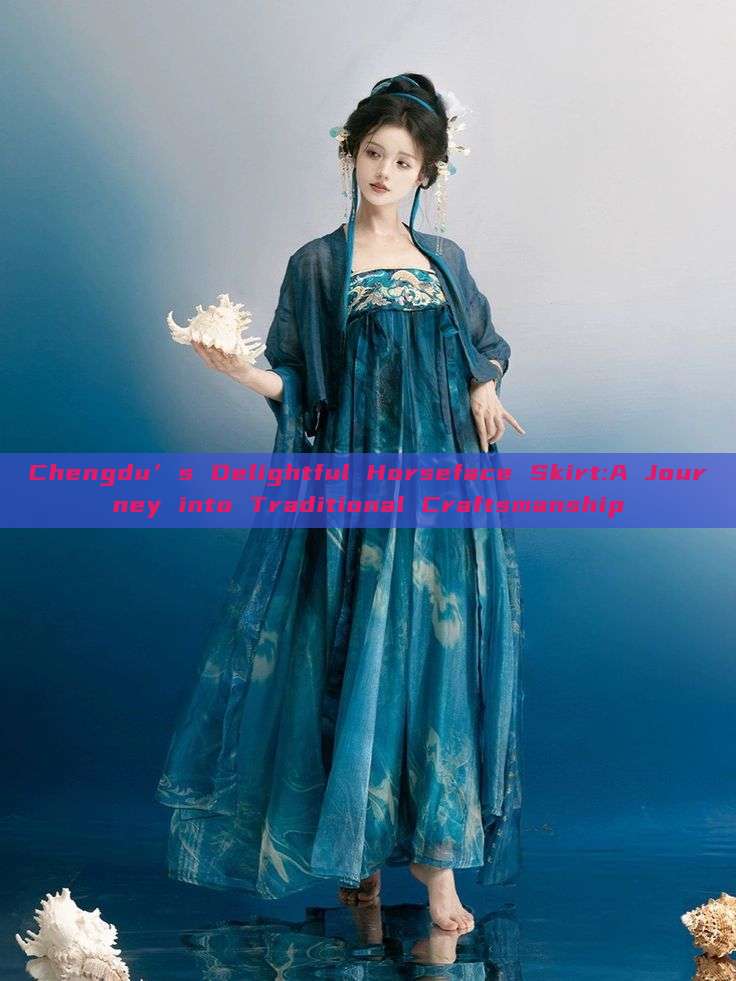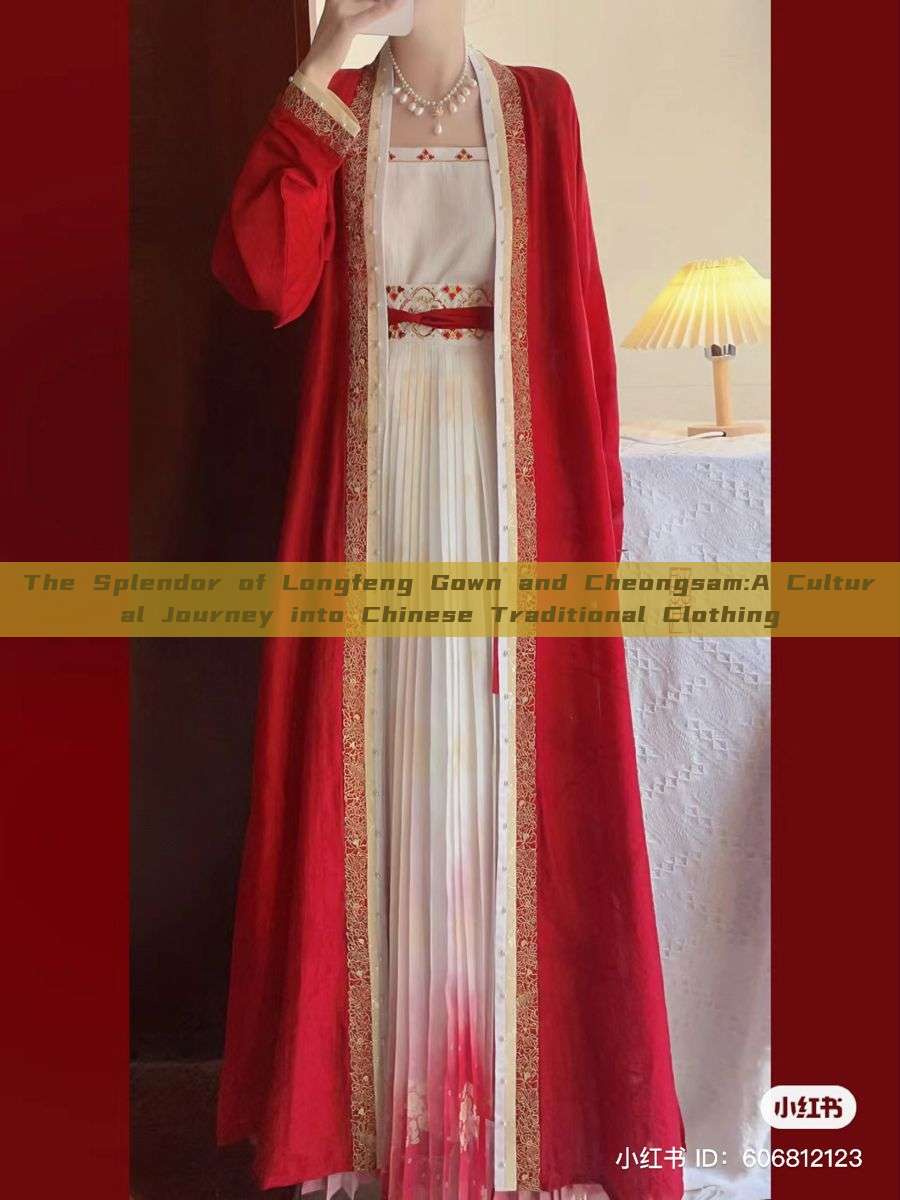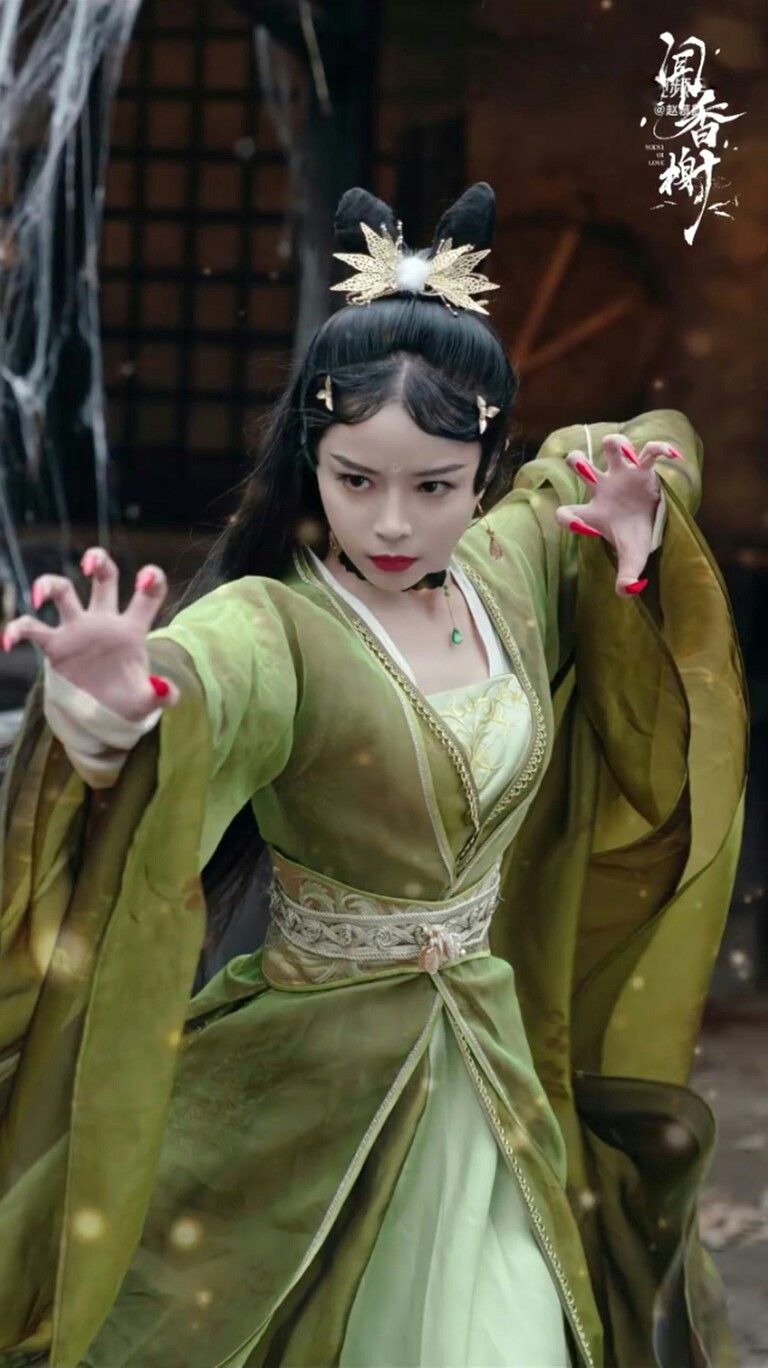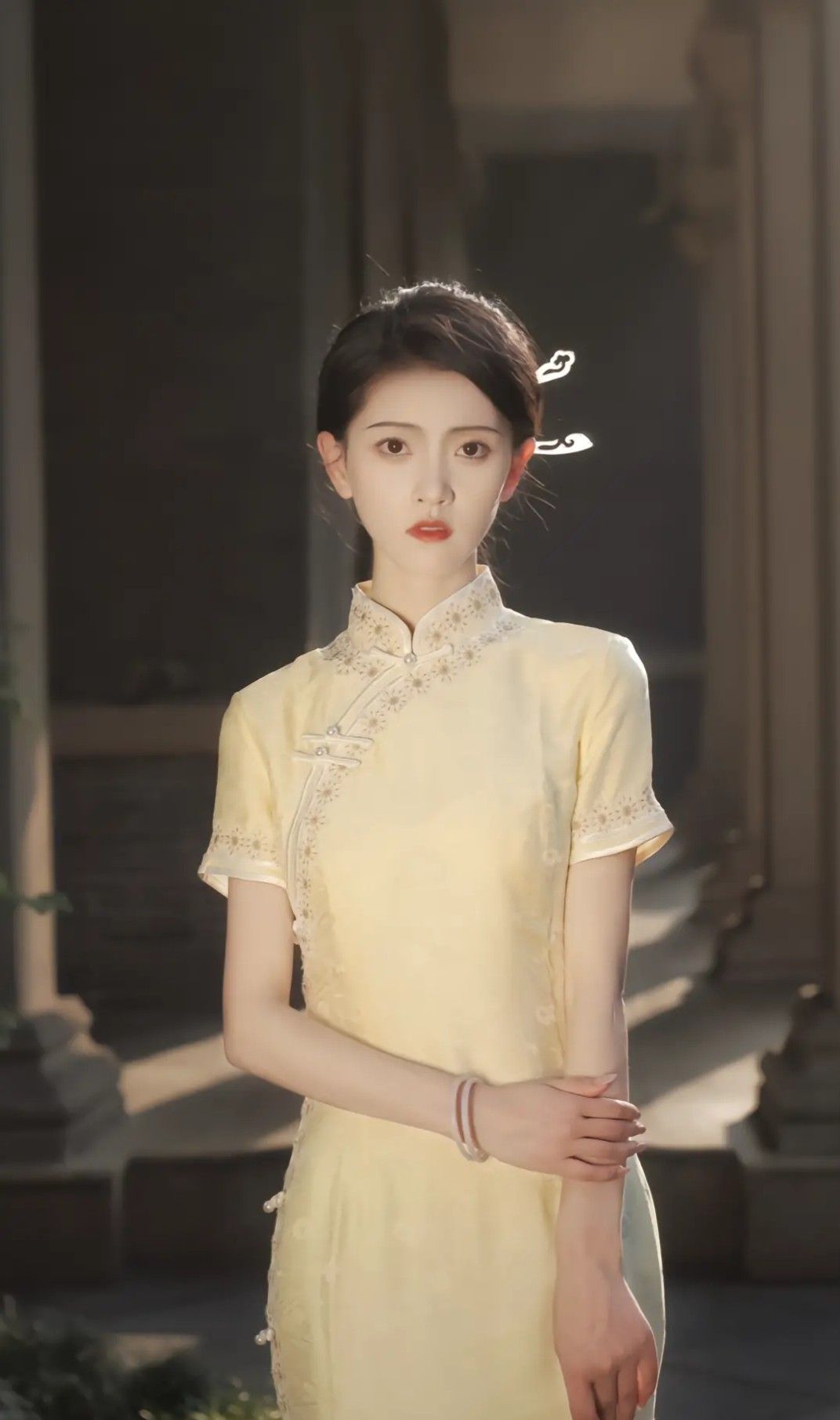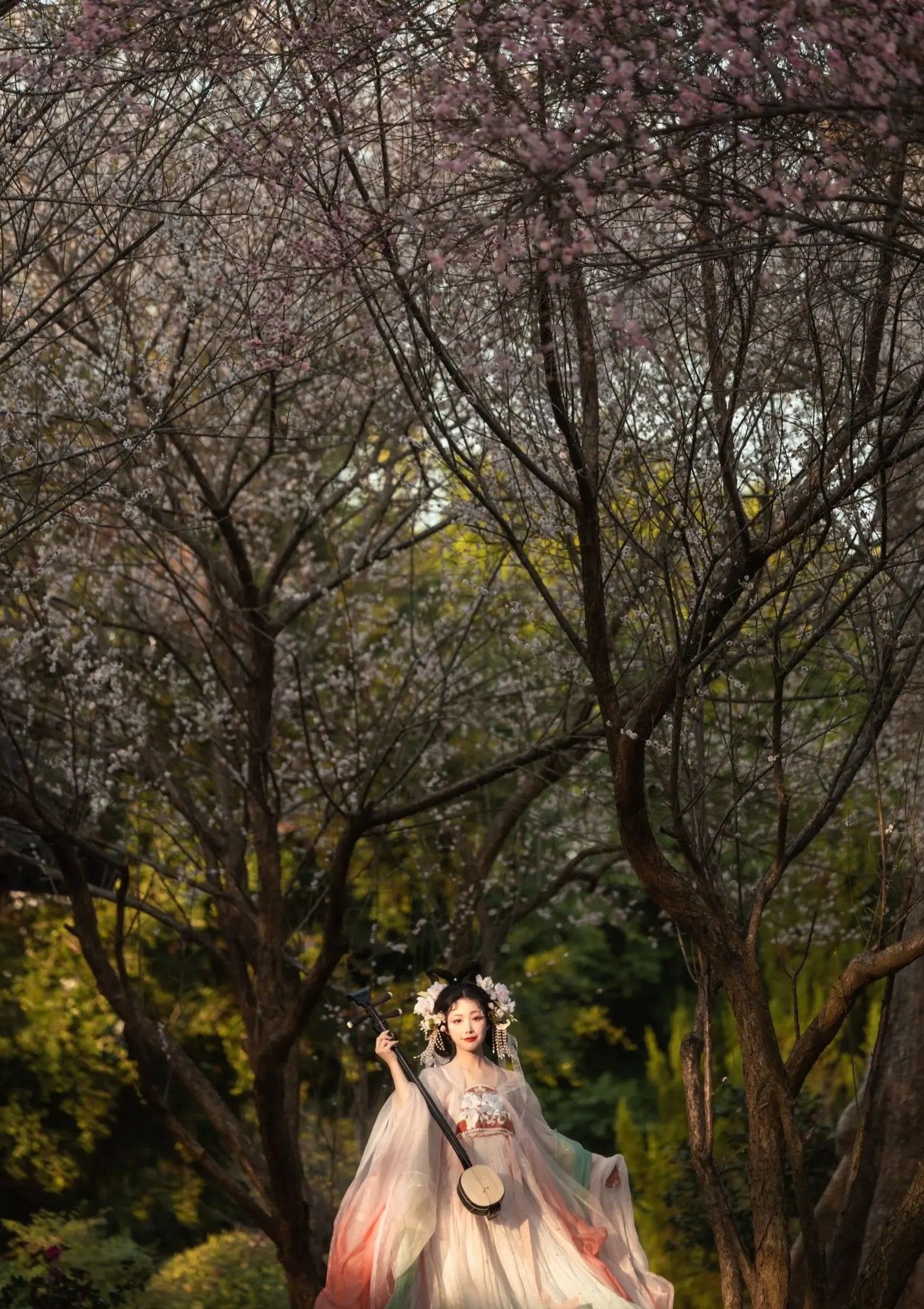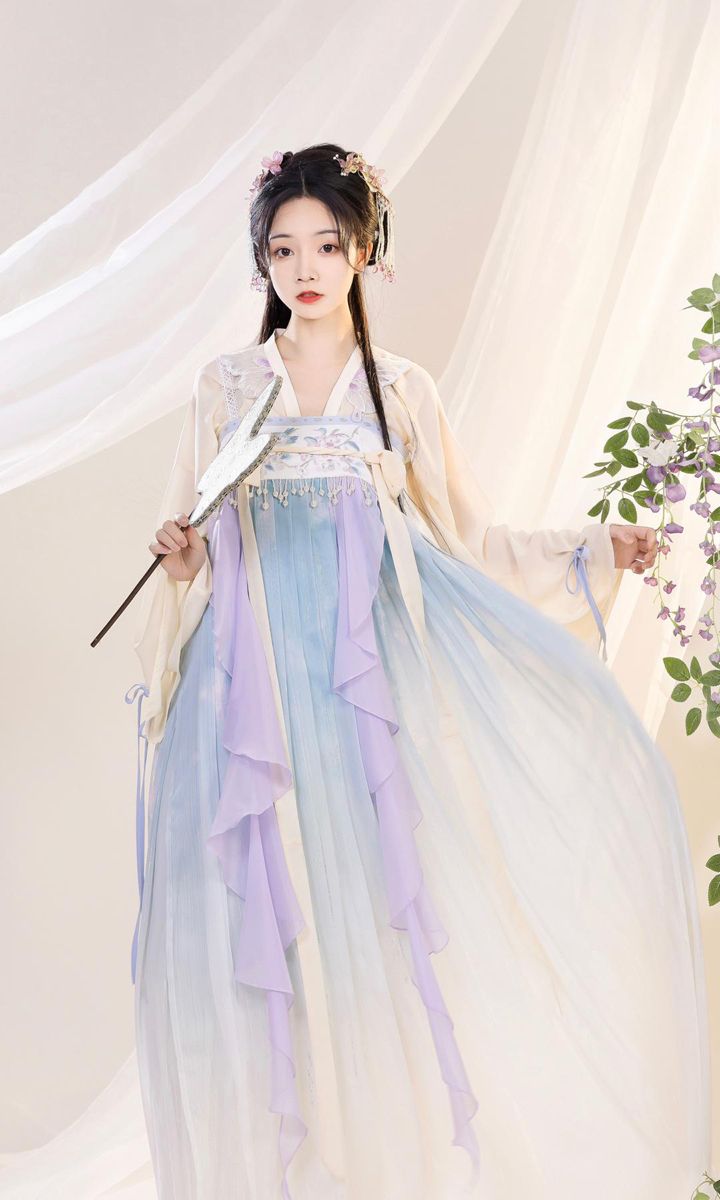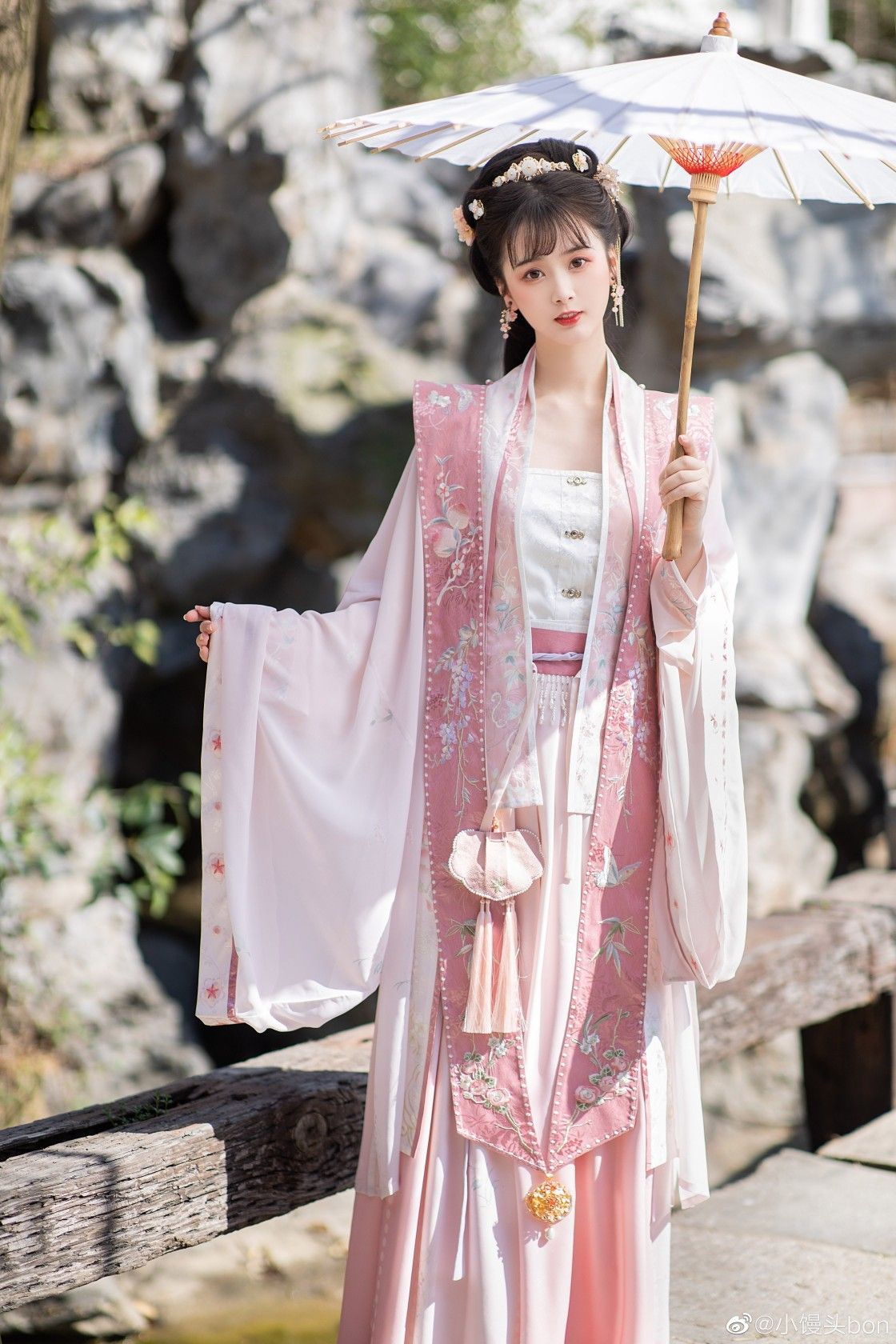In the realm of traditional Chinese culture, Hanfu attire embodies a profound history and rich heritage. Among its intricate designs and vibrant colors, the Hanfu fringe pendant stands out as a symbol of elegance and craftsmanship. This article delves into the beauty and significance of Hanfu fringe pendants, exploring their history, design elements, and contemporary relevance.
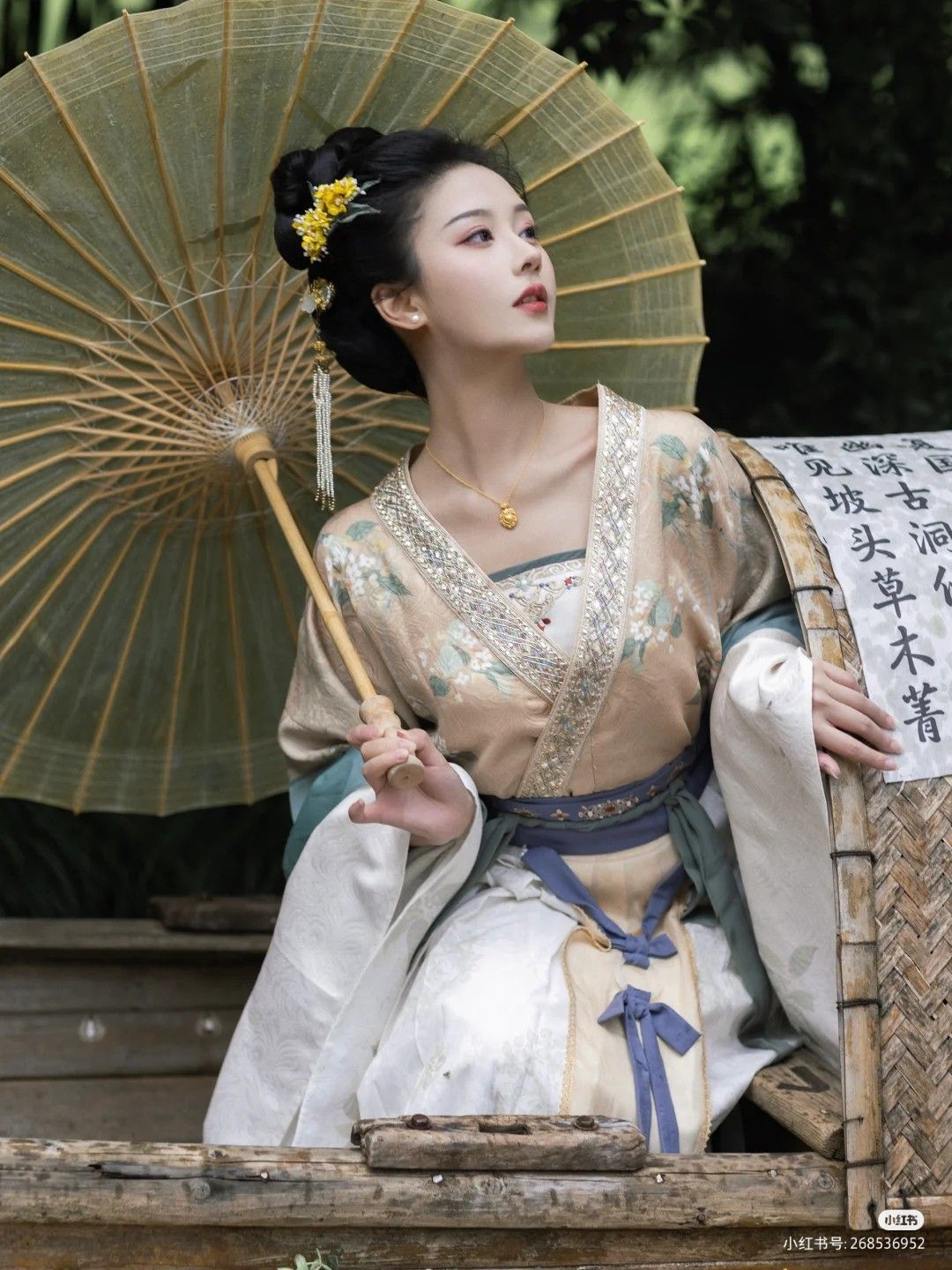
History of Hanfu Fringe Pendants
Hanfu, also known as Han clothing, is a traditional style of clothing that dates back over two thousand years in China. These pendants, often made of silk or other fine materials, are a pivotal part of Hanfu attire. Fringe pendants, with their delicate tassel designs and intricate craftsmanship, symbolize status, elegance, and good fortune. They are often seen as a decorative element as well as a means of expressing cultural identity.
Design Elements of Hanfu Fringe Pendants
The design of Hanfu fringe pendants is intricate and diverse. Typically, they are made up of a long chain of beads or threads with a tassel at the end. The tassel, often multi-colored and carefully crafted, is the most prominent feature of the pendant. It may include various materials like silk, wood, gemstones, or even metal beads. The design often incorporates traditional Chinese elements like knots or symbols of good luck and prosperity.
In addition to the tassel, Hanfu fringe pendants also feature a variety of other elements that add to their beauty and significance. Some pendants have small charms or ornaments attached to the chain, which often carry symbolic meanings like peace, health, or love. These charms are often made of precious materials like gold or silver and are carefully crafted to perfection.
Contemporary Relevance of Hanfu Fringe Pendants
Despite the passage of time, Hanfu fringe pendants continue to hold significant relevance in modern times. They are not just seen as a means of decoration but also as a way to connect with traditional Chinese culture and heritage. Many people, especially those with a keen interest in traditional culture and history, wear these pendants as a form of cultural expression and identity.
Moreover, Hanfu attire and its accessories have also gained popularity in recent years among the younger generation. Fringe pendants are often seen as a fashionable accessory that can be paired with modern outfits as well as traditional Hanfu attire. They are often worn during festivals, celebrations, and other special events as a way to celebrate the rich heritage of Chinese culture.
Moreover, Hanfu fringe pendants are also often used in traditional craftsmanship and art forms like embroidery or beading. These pendants are often passed down through generations as family heirlooms or are carefully crafted by skilled artisans. They are not just objects of beauty but also carry a sense of history and tradition that is deeply connected to the wearer's identity and cultural heritage.
In conclusion, Hanfu fringe pendants are not just a decorative accessory but also a symbol of rich cultural heritage and tradition. They embody the essence of Chinese culture and history and are a means of connecting with one's roots and cultural identity. In modern times, they continue to hold significant relevance among people of different ages and backgrounds, serving as a reminder of the beauty and richness of traditional Chinese culture.

